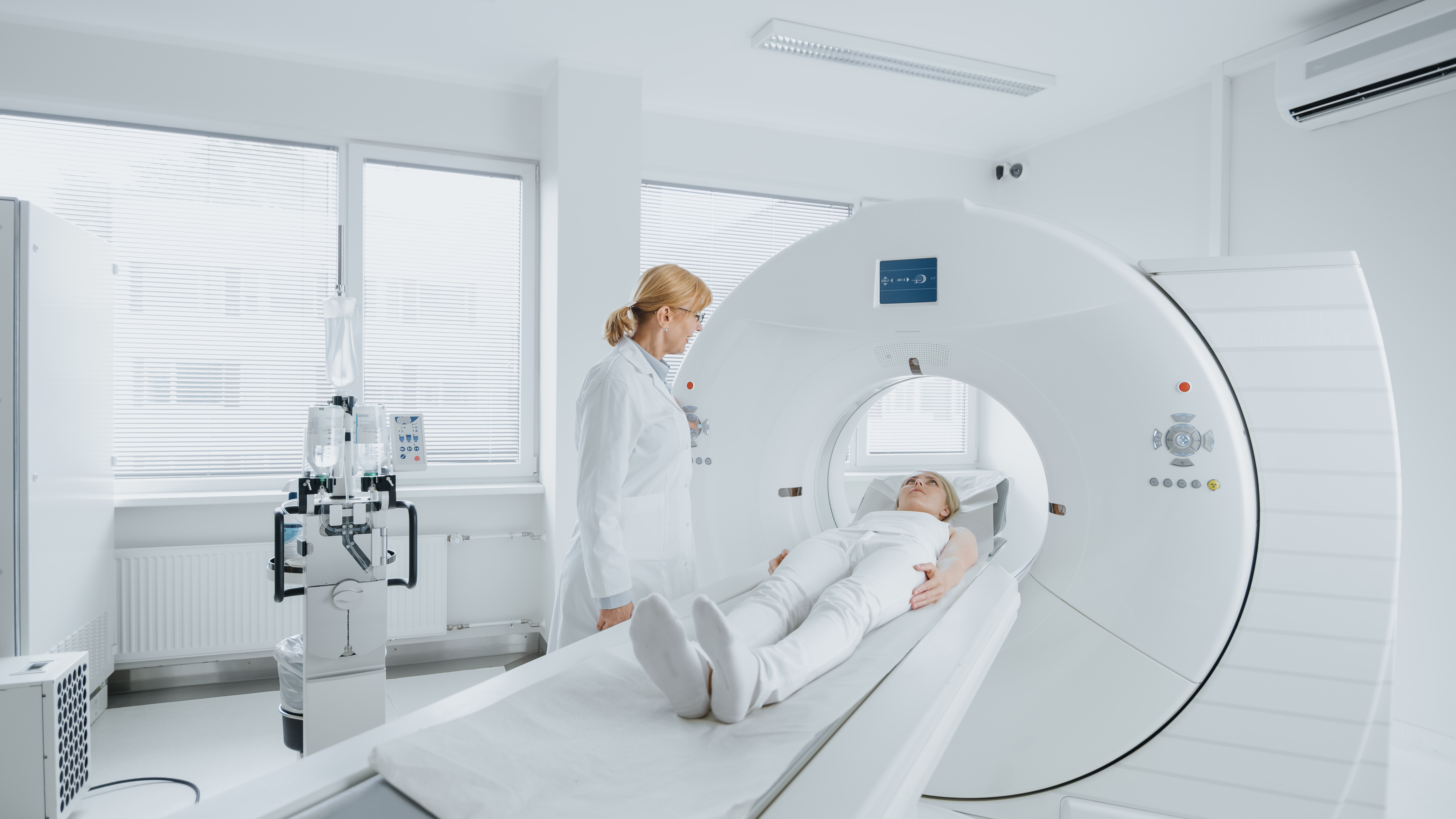
In this article, Maria Fedorovicheva, global product marketing manager at ABB Drives, explains how the wrong choice of HVAC technology can lead to numerous challenges for healthcare facilities and how these can be addressed
Healthcare professionals depend on their infrastructure to remain stable so they can deliver reliable, consistent, and accurate patient care.
One of the most-critical components of any healthcare environment is heating, ventilation, and air conditioning (HVAC) as maintaining temperature, humidity, and particulate control is important for patient and clinician safety, as well as the ability of medical and diagnostic devices to function properly.
A healthcare facility has many sensitive and varied environments which require complex, precise, and purpose-built HVAC systems.
HVAC machines, such as fans, pumps, and compressors, play a vital role in maintaining hospital environments, so this is a reasonable area in which to look for improvements
Isolation rooms and laboratory spaces, for example, need pressure-controlled systems to prevent contamination.
Operating theatres require high levels of filtration, which can put high static pressure loads on fans.

And imaging equipment, such as MRI scanners, can be vulnerable to electromagnetic interference – including from HVAC equipment.
Many of these environments can also change frequently, such as when healthcare facilities are reconfigured.
As a result, the right equipment should be carefully selected and integrated into a dynamic system.
This is a complex process, but it is essential to delivering effective medical care.
HVAC machines, such as fans, pumps, and compressors, play a vital role in maintaining hospital environments, so this is a reasonable area in which to look for improvements.
Limiting interference
Harmonics introduced by electronic systems, such as HVAC control, are a serious potential issue faced by healthcare facilities.
Harmonics are a type of electrical disturbance which can cause other equipment on the electrical network to malfunction.
By specifying ultra-low harmonic (ULH) drives, healthcare facilities can ensure energy-efficient air treatment processes while taking care of power network reliability and protecting essential diagnostic and clinical equipment
In a clinical environment, even minor issues with equipment can have serious consequences. For example, if diagnostic equipment is unable to function properly, patients may receive incorrect, or delayed, diagnoses.
To avoid harmonics in the power system, healthcare facilities should be careful when specifying electronic equipment. This also concerns variable speed drives (VSDs), which are widely used for motor control in HVAC applications – fans, pumps, compressors – to achieve high levels of efficiency.
By specifying ultra-low harmonic (ULH) drives, healthcare facilities can ensure energy-efficient air treatment processes while taking care of power network reliability and protecting essential diagnostic and clinical equipment.
Compared to a conventional drive, with its 40% current harmonics, a ULH drive brings harmonics down to just 3%.
Drives in a healthcare setting must also comply with Electromagnetic Compatibility (EMC) requirements related to radio frequencies. This limits high-frequency disturbance to the electrical network and space around it, while also protecting sensitive equipment.
Maximising energy efficiency
Facilities rightly focus most operational costs on delivering healthcare.
And, when renewal projects do occur, the changes need to be reliable and cost effective for years to come – so investing in energy efficiency is essential.
Electricity is a significant cost for medical facilities, so more-energy-efficient HVAC systems can substantially reduce electrical bills – by over 20% –and free up more of the budget for other important areas.
For these reasons, it is important to choose the most-efficient motors, including the ones running in HVAC applications.
IE5 class motors, the highest efficiency class, offer a 20% reduction in energy loss compared to previous-generation IE4 motors.
IE5 motors based on synchronous reluctance technology also provide other significant benefits, such as lower bearing temperatures. This increases reliability, as bearing failures are responsible for approximately 70% of motor outages.
If a facility’s HVAC system is operating properly, patients won’t even realise it’s there. But, if it goes wrong, serious issues can occur – so performance and reliability are key
In HVAC, variations in demand and conditions mean that the system does not need to operate at full load all the time.
To optimise power consumption, electric motors are often partnered with variable speed drives. Combining the most-efficient IE5 class motors with VSDs, facilities can cut the HVAC system’s energy use by 25% on average.
ULH drives also provide benefits in terms of power network efficiency – the higher the harmonics content, the higher the line current in the network and the higher the power network losses as a result.
When a system is vulnerable to harmonics, equipment such as transformers and cabling is often oversized to compensate. This increases costs, but also means that a facility is not using the equipment’s full capacity.
By reducing harmonics, other electrical equipment on the power network can be appropriately sized and work closer to its nominal load for higher efficiency.
Protecting mechanical parts
In HVAC applications, VSDs are backed up by a soft-start system. For example, whereas a simple direct online switch starts fans at full speed, the pressure shock can damage the ducting, sensitive filters, and the fan itself.
Using a soft-start system ensures that the system is protected by a gentle ramp up for improved longevity.
Similar logic applies to pumps and compressors.
The role of digitalisation
In healthcare, maintaining uptime for core systems such as HVAC is crucial.
Sensors placed throughout the system can pro-actively identify potential performance issues and inform operators. Ensuring easy, real-time access to this data in a cloud environment, enables facilities managers to perform preventive maintenance and take early action before issues escalate.
Many modern drives can also detect when variables leave the normal range. And advanced systems, including ones that use artificial intelligence (AI), can automatically detect blockages in air systems, gears in need of lubrication, pumps with upcoming bearing failures, or other issues that may compromise the system.
Modern, high-efficiency equipment and accessible digital products offer healthcare facilities a straightforward way to address the strictest requirements imposed by the industry
Effective use of digital technologies can also improve the quality, efficiency, and management of HVAC infrastructure.
In addition to real-time condition monitoring, other digital technologies also make it easier to keep HVAC systems running.
Augmented reality (AR) repair technology, easy-to-use smartphone apps for set-up and tuning, and on-demand remote expert consultation are just some examples.
Designing the ideal HVAC system
If a healthcare facility’s HVAC system is operating properly, patients won’t even realise it’s there. But, if it goes wrong, serious issues can occur – so performance and reliability are key.
Fortunately, modern, high-efficiency equipment and accessible digital products offer healthcare facilities a straightforward way to address the strictest requirements imposed by the industry.

